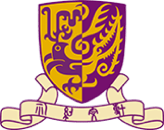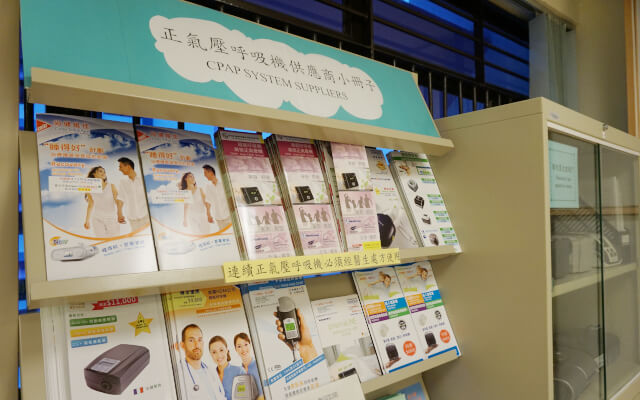Sleep Assessment Unit
Established in 1986 and currently providing services at Shatin Hospital. Sleep Assessment Unit (SAU) is the first of its kind in Hong Kong. SAU provides professional training to clinicians and technicians in sleep medicine and technology in Hong Kong and from overseas. SAU also handles referral cases and conducts sleep assessments for patients from children to elderly with various sleep disorders, including insomnia, sleep apnea syndrome, narcolepsy, sleepwalking, and movement disorder such as rapid-eye-movement sleep behavior disorder. Since its inception, SAU has conducted more than 10,000 sleep studies for close to 7,000 patients, and actively undergone a number of epidemiological and clinical sleep researches. To ensure quality assessment services and treatments, SAU has upgraded its equipment to meet with standards of international research and services, this benefiting more patients with sleep disorders.SAU contains four bedrooms and one private bedroom, and it equipped with modern equipment for polysomnography. Polysomnography (PSG) is the gold standard of sleep measurement, which involves the recording of multiple physiological variables during sleep including brain activities, heart rate, breathing, eye movements, and muscle movements.
What is sleep study?
A sleep study is a polygraphic recording that includes various physiological measurements used to identify a sleep disorder. A number of electrodes and sensors are attached to the head and body for monitoring of the physiological signals during the study, including: brain waves, eye movements, muscle activities, respiration, snoring, oxygen saturation level, and heart rate rhythm, etc.
Scope of service
Facilities and measurement

Actigraphy
Our lab is using two types of wearable sensors (Actiware and Geneacti) for the measurement of sleep in research studies. Actigraphy is a non-invasive, commonly used assessment tool in sleep research, which could provide reliable data on subject’s sleep-wake pattern and activity level.

Dim Light Melatonin Onset measurement (DLMO)
Melatonin, a neurohormone that secreted by the pineal gland, is commonly used to estimate the timing (phase) of the central circadian clock when measured in dim light. DLMO is the single most accurate marker for assessing the circadian pacemaker.

Light Therapy
Light is the primary circadian cue (zeitgeber) that synchronizes the biological clock to the surrounding environment (entrainment). It was shown to be effective in phase-shifting the human circadian rhythm. Light therapy is demonstrated to be an effective treatment in subjects with delayed sleep phase.









